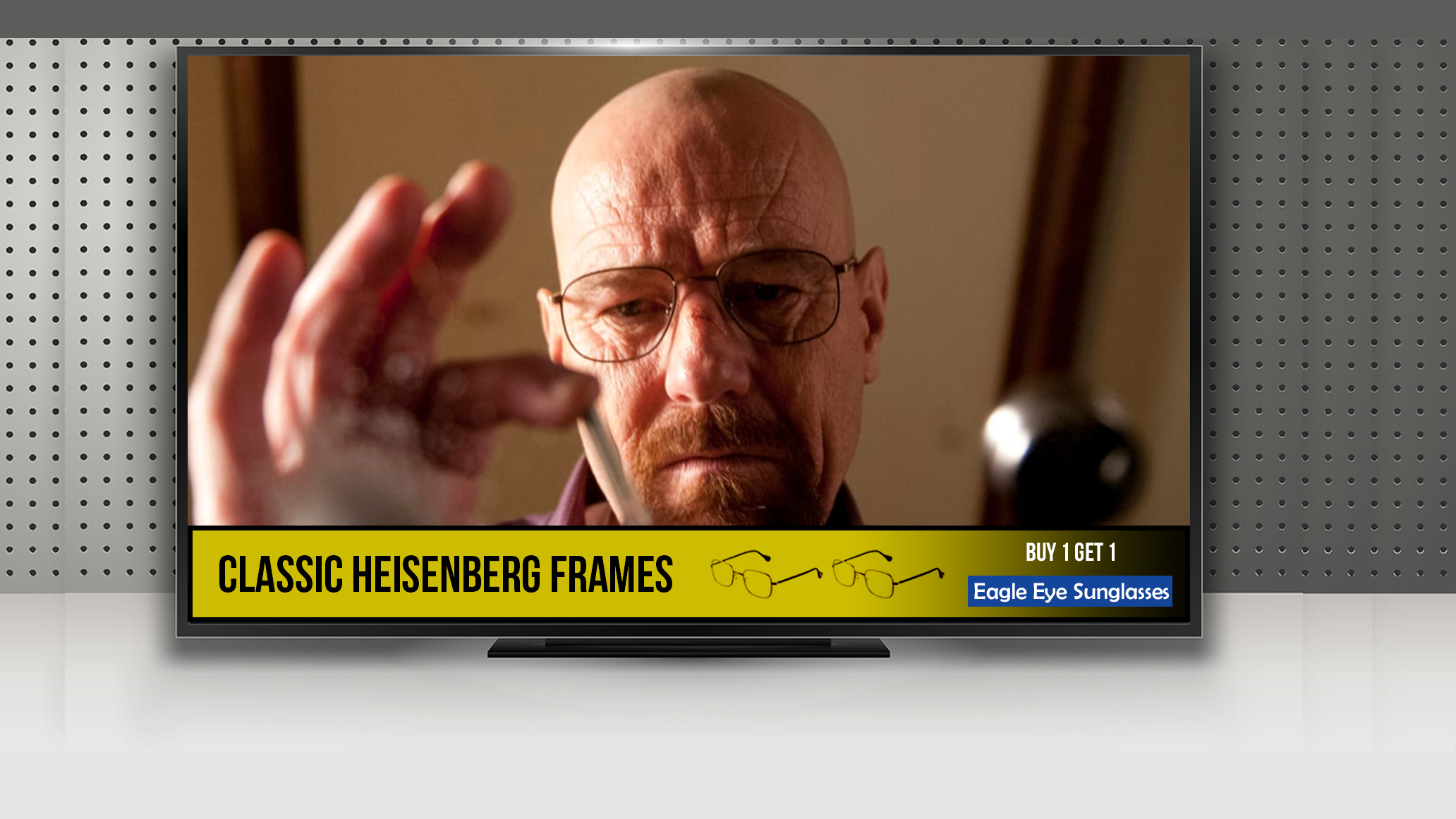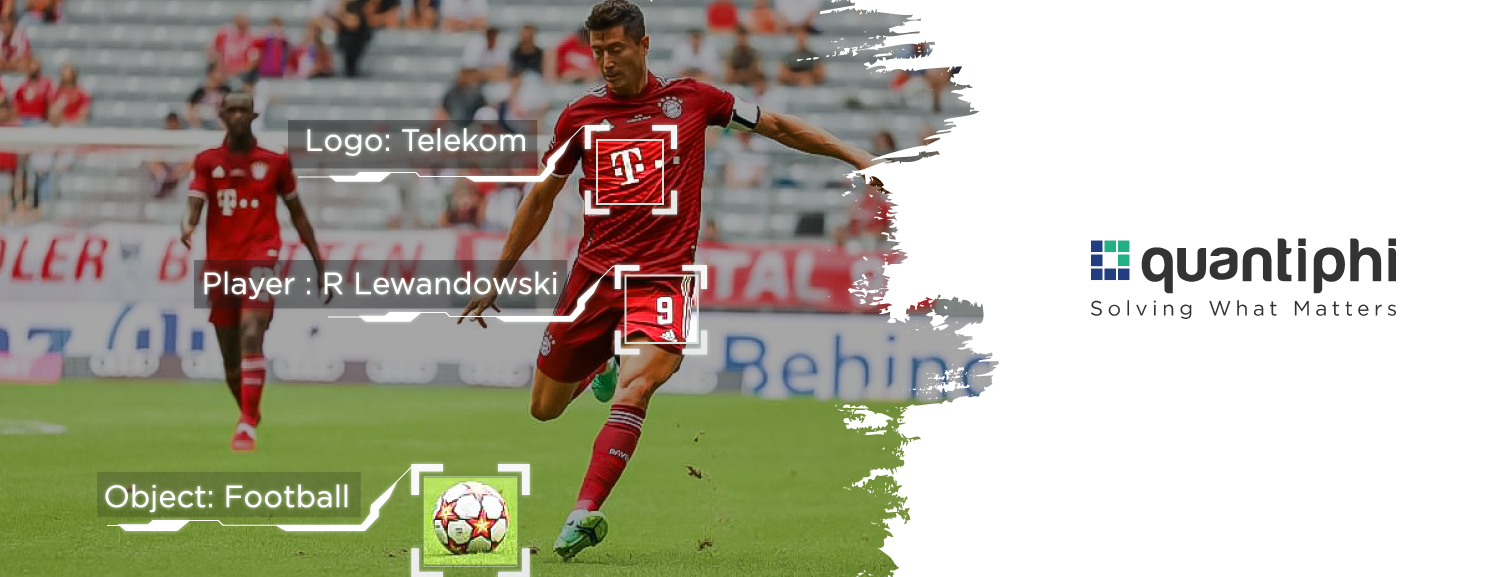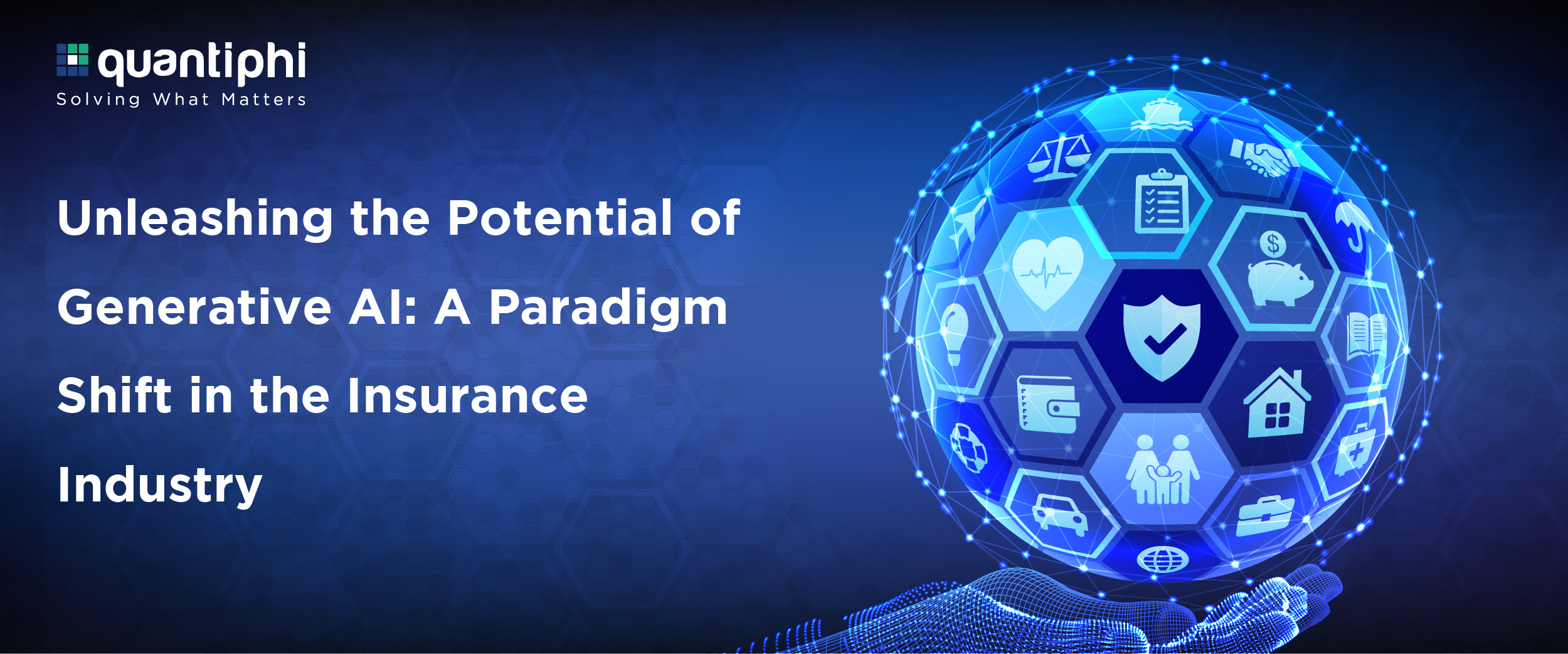Digital media consumption is continually increasing. According to comScore’s 2017 Cross Platform Future in Focus report, U.S. adults spend just under 3 hours on their smartphone alone each day. The average daily time spent on all major media is more than four times that amount at 12 hours and 7 minutes, according to eMarketer’s latest report “US Time Spent with Media: eMarketer’s Updated Estimates and Forecast for 2014-2019”.
Media consumption (digital media consumption, in particular) is on the rise. As a result, advertisers, content marketers, and broadcasters have a big opportunity to capitalize on increased screen time. The best ROI for any promotion or campaign is dependent upon getting the right message in front of the right eyes at the right time – no easy feat.
In my discussions with the media industry, I have come to discover some of the barriers and challenges advertisers and content producers face in a) finding the most custom, compelling, meaningful content for their target audience, and b) ensuring that content is presented to the audience at the right time.
What is the “Right Time”?
A 2015 study conducted by Microsoft surveying 2,000 people and monitoring the brain activity of more using electroencephalograpms (EEGs), confirmed the decline. Seventeen years ago (in 2000), the average attention span was 12 seconds. Since then, attention span has decreased to just 8 seconds. For reference, a goldfish has an attention span of nine seconds.
What does this mean for the industry? More than anything, it signals a critical need to be opportunistic with moments in order to be successful. Between increased use of digital media, an influx of content variety and low attention spans, content makers, broadcasters, and advertisers have a very small window – perhaps only a moment – through which to reach their target audience.
Theory of Moments
The theory of moments posits that, embedded within the content, are “moments” that interest the viewers the most. These, naturally, are their peaks of attention. And, they contain the highest potential impact for a promotion or campaign. Identifying these “moments” in a piece of content, and utilizing them for attracting audience to the content, or brands will result in making the greatest impact possible on a select target audience.
The theory of moments has real-time applications for gaining audience, improving retention, and selling brands. Take, for example, the legendary t.v. show “Friends.” What if, during a scene where Rachel meets her friends at a restaurant in a black dress, advertisers were able to reach the Rachel’s (or Jennifer Anistons’s) fanbase with an ad for similar apparel at exactly the right moment? Such contextual ad placement is likely to have much better efficacy.
While talking to broadcasters, we have uncovered several interesting ways one can leverage “moments” in content. A brand with a consumer base that is largely tuned-in to a soccer match consisting of a big goal, a key free kick, or a fight between a player and the referee can stitch those integral moments together to create a hyper-specific soccer promotion targeted towards viewers of that match.
News organizations could weave together moments of prominent political personalities appearing at specific locations (e.g. every moment in history where Obama was present at the UN General Assembly) to create a documentary or a hyper-specific newsreel.
The Reality of Limited Resources
So, how does one identify or detect moments? In the example of Friends enlisted above, this moment is created by a combination of Rachel, black dress and restaurant. Similarly, the moment of a big goal is a combination of goal post, ball, and player.
While this sounds straightforward on paper, the reality is that stitching together a tapestry of people, places, and things (a.k.a entities) into meaningful moments requires laborious man hours. As it stands, these people, places, and things are like rare fabrics that require extensive research to track down. Currently, these entities are floating around in the ether, untagged and disorganized.
In order for advertisers and content producers to leverage moments at scale, they need a better system for searching, tagging, organizing and searching the billions of moments that exist. Content that is tagged for moments is called “smart content”.
AI bridges the gap between content and smart content
Artificial Intelligence has the capabilities to convert content to “smart content” accurately at scale. Computer vision and speech recognition – the principal modalities of AI – can identify and tag a large volume of varied video content via hyper-tagging. Computer vision trains a computer to “see” and find the entities. By layering analytics on top of those searchable entities, content makers, and advertisers can now access the most valuable moments for their campaigns.
With AI-enabled smart content, the industry can now build compelling micro-experiences for relevant audiences. Coupled with the unparalleled targeting capabilities of smart TVs and digital media, one now has a scaled and cost-effective way to place that content in front of the audience at just the right moment.
We invite you to look at AthenasOwl (www.athenasowl.tv), Quantiphi’s “moment identification” AI for media and entertainment..
Image courtesy – abcnews.go.com, thedailybeast.com







